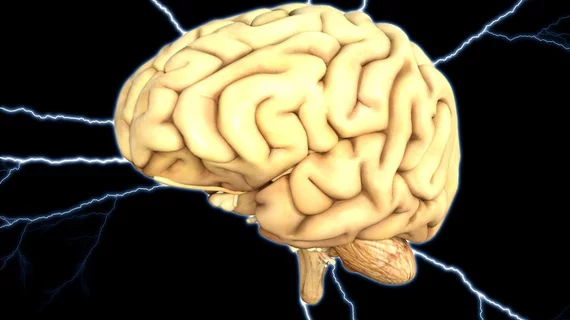Wiring diagram of brain reconciles inconsistent neuroimaging findings of Alzheimer’s patients
Using data from the Human Connectome Project—a publicly available “wiring diagram” of the human brain based on data from thousands of healthy volunteers—researchers were able to reassess inconsistent findings from neuroimaging studies of Alzheimer’s patients, according to a new study published online Dec. 14 in the journal BRAIN.
“In neuroimaging, a common assumption is that studies of specific diseases or symptoms should all implicate a specific brain region,” lead author Michael D. Fox, MD, PhD, director of the Laboratory for Brain Network Imaging and Modulation at Beth Israel Deaconess Medical Center in Boston, said in a prepared statement. “However, cognitive functions, neuropsychiatric symptoms and diseases may better map to brain networks rather than single brain regions, so we tested the hypothesis that these inconsistent neuroimaging findings are part of one connected brain network.”
For their study, Fox and colleagues evaluated results from 26 neuroimaging studies of Alzheimer’s disease patients. Specifically, the studies investigated abnormalities in structure, metabolism or circulation of the patients’ brains. The findings in the studies, however, were inconsistent with other studies locating abnormalities in different brain regions.
When the researchers mapped the neuroimaging abnormalities to the human connectome for all 26 studies, every single study reported neuroimaging abnormalities belonging to the same connected brain network both within and across imaging modalities, according to the researchers.
Furthermore, the findings demonstrate how reproducibility—when different investigators run a study repeatedly and obtain similar results—can be measured differently in the field of neuroscience when using the human connectome as a tool, the researchers noted.
“This is a new way to combine results across many different studies to determine the brain circuit most tightly associated with a given symptom or disease,” Fox said. “By shifting our focus from specific brain regions to networks, we show that seemingly inconsistent neuroimaging findings are in fact reproducible.”

